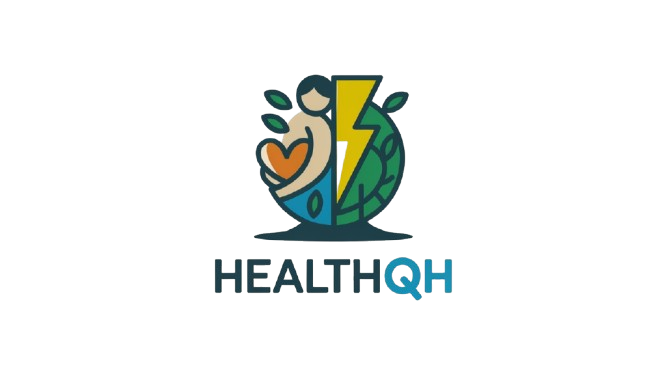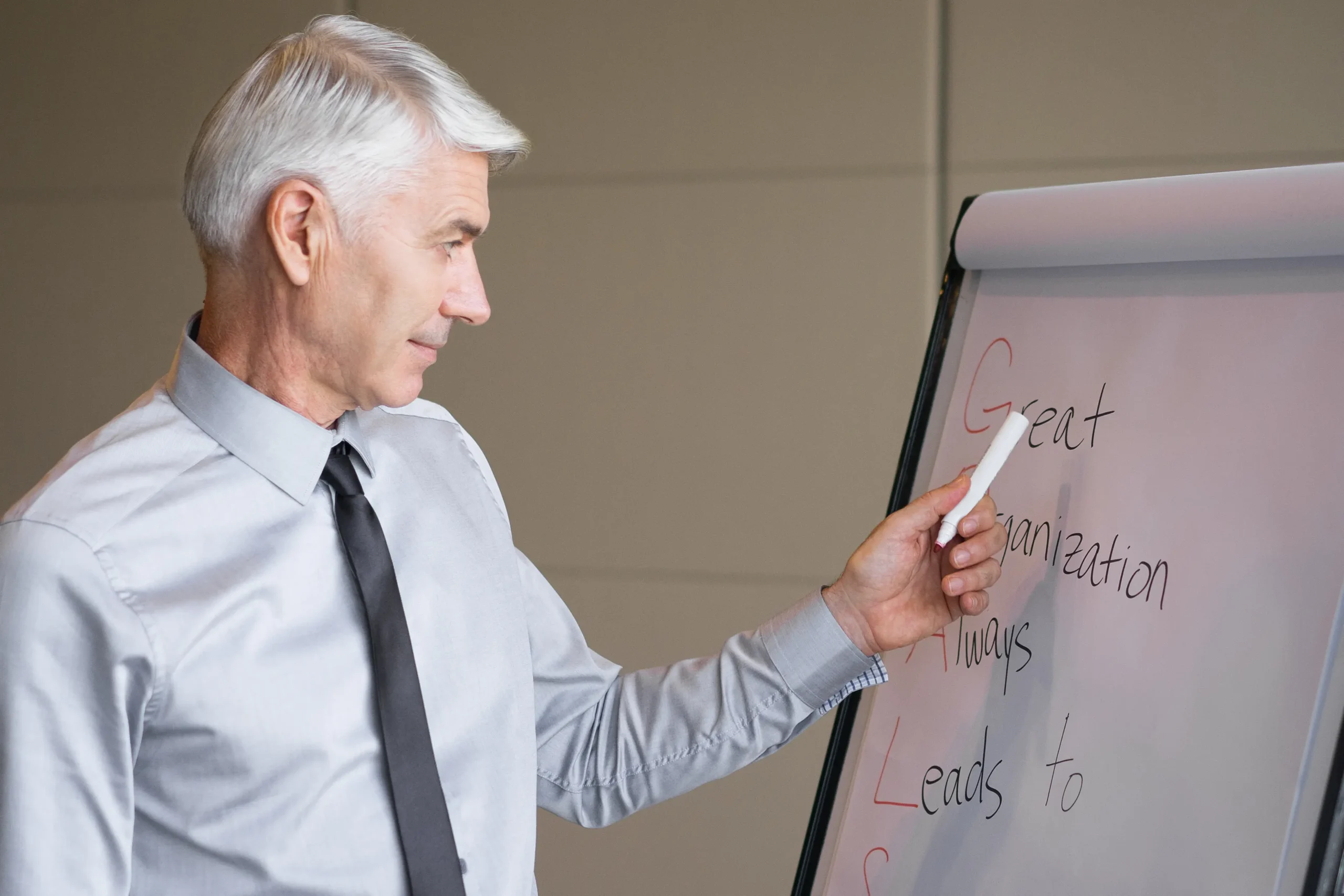Who Was Professor I.P. Neumyvakin?
Born in 1928 in Kyrgyzstan, Professor Ivan Pavlovich Neumyvakin was a Soviet physician and pioneer in both aerospace and alternative medicine. With a career that began in conventional medicine, he later shifted his focus to holistic health, advocating for natural remedies and the body’s innate ability to heal itself. His work, spanning over five decades, has inspired countless individuals worldwide to adopt healthier lifestyles.
Why Are His Exercises Gaining Popularity Today?
“In today’s world, characterized by overwhelming stress and inactive routines, Professor I.P Neumyvakin exercises offer a refreshing approach to wellness. They emphasize:
Natural healing
Encouraging the body’s self-regulating systems.
Accessible methods:
Requiring no special equipment or training.
Simplicity:
Focusing on breathing, movement, and mindfulness. These qualities make his methods relevant for modern wellness seekers.
The Philosophy of Neumyvakin’s Health Practices
Neumyvakin’s philosophy revolves around three core principles:
Self-Healing
He believed the human body has an incredible ability to heal itself when given the right conditions, such as a balanced lifestyle and proper oxygenation.
Oxygen as Life Force
Oxygen plays a central role in his teachings. Proper oxygen intake is essential for cellular function, energy, and detoxification.
Prevention Over Cure
He advocated for preventive care through diet, exercise, and detoxification rather than relying on medication to treat illnesses.
The Role of Movement and Breath
Breathing and movement are at the heart of Professor I.P. Neumyvakin exercises. They address:
- Oxygen efficiency: Ensuring cells receive adequate oxygen for optimal performance.
- Physical vitality: Promoting strength, flexibility, and cardiovascular health.
The Science Behind Neumyvakin’s Exercises
Research supports many of Neumyvakin’s claims:
- Breathing techniques improve oxygen delivery to cells, boosting energy and mental clarity.
- Movement practices enhance circulation, flexibility, and muscle strength.
- Mindfulness methods reduce stress and enhance emotional well-being.
While some aspects, such as hydrogen peroxide therapy, remain controversial, the focus on breathing and movement aligns with established health principles.
Breathing Techniques
Deep Breathing Exercise
This fundamental exercise maximizes oxygen intake:
- “Find a relaxed position, either seated or lying down.”
- “Take a deep breath in through your nose, letting your stomach rise as you fill your lungs.”
- Hold your breath for a few seconds.
- Exhale slowly through your mouth. Repeat this for 5–10 minutes daily.
Rhythmic Breathing
This technique helps regulate the nervous system:
- Breathe in for a count of 4.
-
“Pause your breath for a count of four.”
- Exhale for a count of 4.
- Pause for 4 seconds before repeating.
Benefits: Enhanced focus, reduced anxiety, and improved lung capacity.
Physical Exercises for Holistic Health
Flexibility
Simple stretches, such as toe touches and side bends, improve range of motion and reduce muscle tension. Incorporate these into your morning routine.
Strength
Bodyweight exercises, including squats, lunges, and push-ups, build muscle without equipment. Start with 10–15 repetitions of each and gradually increase.
Posture
Good posture supports lung function and reduces strain on the body. Practice wall stretches and spine alignment exercises to maintain a healthy posture.
Mindfulness and Relaxation Techniques
Professor Neumyvakin emphasized mindfulness as part of his holistic approach. Try:
- “Meditation: Dedicate 5–10 minutes to concentrating solely on your breathing.
- Relaxation: Tighten and release various muscle groups to alleviate tension.”.
These practices enhance mental clarity and reduce stress.
How to Start Neumyvakin’s Exercises
Create a Personalized Routine
Start small with 10–15 minutes daily, gradually increasing as you feel comfortable.
Morning Ritual
Begin your day with deep breathing and light stretching to energize your body.
Evening Wind-Down
Incorporate mindfulness exercises before bed to promote relaxation and improve sleep quality.
Avoid Common Mistakes
- Overexertion: Start gently and listen to your body.
- Irregular practice: Consistency is key for long-term benefits.
Real-Life Testimonials
Many individuals report transformative effects from Professor I.P. Neumyvakin exercises:
- Maria, 42: “Daily breathing exercises have boosted my energy and reduced my stress levels.”
- “John, 35: ‘Adding these stretches to my routine has enhanced both my posture and flexibility.’
Comparison With Other Alternative Therapies
While yoga and Pilates also emphasize breathing and movement, Professor I.P. Neumyvakin Exercises methods stand out for their simplicity and focus on oxygen’s role in healing. They complement other holistic practices, offering a unique perspective.
Criticism and Limitations of Neumyvakin’s Methods
While his breathing and movement techniques are widely appreciated, some of his other methods, like hydrogen peroxide therapy, lack strong scientific backing. It’s essential to consult a healthcare professional before adopting controversial practices.
FAQs
1. What are Professor I.P. Neumyvakin exercises?
They are breathing, movement, and mindfulness techniques aimed at improving health and well-being.
2. How often should I practice these exercises?
For best results, practice daily for 15–30 minutes.
3. Do I need special equipment?
No, these exercises require no equipment, making them accessible to all.
4. Are these exercises safe?
Most are safe, but consult a doctor if you have pre-existing health conditions.
Conclusion
Professor I.P. Neumyvakin exercises offer a holistic approach to health, focusing on breathing, movement, and mindfulness. By integrating these practices into your daily life, you can improve physical fitness, mental clarity, and overall well-being. Start small, stay consistent, and embrace the power of simplicity for lasting health benefits.

